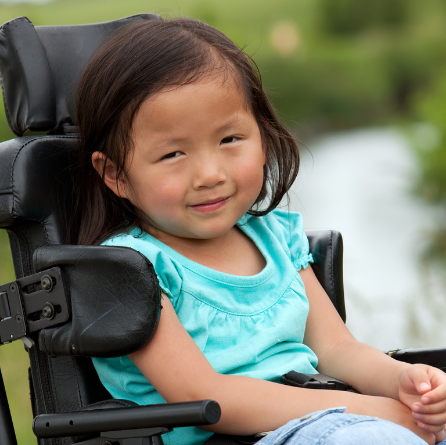Early language acquisition has an impact on each aspect of
young children’s non-physical development. It contributes to their ability to
manage emotions and communicate feelings, to establish and maintain
relationships, to think symbolically, and to learn to read and write. The UK
prevalence rate for early language difficulties is between 5% and 8% of all
children, and over 20% for those growing up in low-income households. The high
prevalence among disadvantaged children is thought to contribute to the
achievement gap that exists by the time children enter school and continues until
they leave.
Language as a Child Wellbeing Indicator
Resource title
Early language acquisition has an impact on each aspect of young children’s non-physical development. It contributes to their ability to manage emotions and communicate feelings, to establish and maintain relationships, to think symbolically, and to learn to read and write. The UK prevalence rate for early language difficulties is between 5% and 8% of all children, and over 20% for those growing up in low-income households. The high prevalence among disadvantaged children is thought to contribute to the achievement gap that exists by the time children enter school and continues until they leave.
Author
Year
2017
Summary
